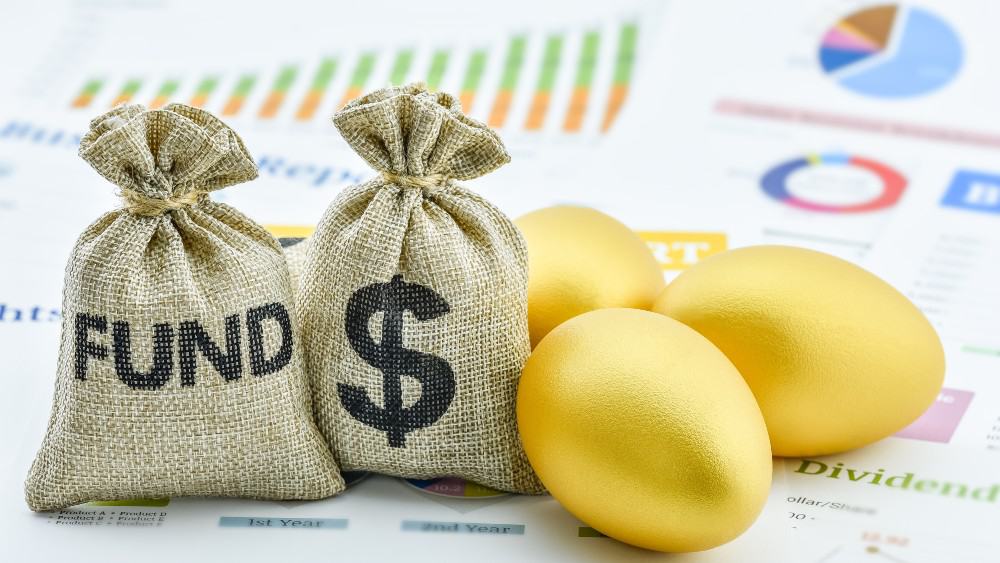If you’re looking for high and consistent investment income, dividend stocks are the way to go. Sure, bond interest is safer, but dividend stocks have far higher yields than most bonds. These days, treasuries yield less than 2%, and corporate bonds rarely go over 4%. Meanwhile, there are dividend stocks out there yielding well over 7%. In this article, I’ll explore three such dividend stocks that pay rivers of cash.
Enbridge
Enbridge (TSX:ENB)(NYSE:ENB) is a stock that will be familiar to many Canadian high-yield investors. It is well known for having a 7% yield and having maintained that yield for a long time. Today, it’s just a fraction under 7%, but still, it’s one of the highest-yielding large-cap stocks you can find.
Why does Enbridge have such a high yield?
It’s pretty simple. The company keeps raising the payout while the stock doesn’t move much. ENB’s capital gain is very slightly negative over five years, while the dividend has grown by 11.7% CAGR over that period. That kind of thing tends to result in high dividend yields. Lo and behold, here we are, with Enbridge yielding almost as much as a junk bond in the 80s.
TransAlta Renewables
TransAlta Renewables (TSX:RNW) is a utility company with a focus on renewable energy. It has significant investments in gas, hydro, solar, wind, and battery storage. Most of these are “green” energy sources that should thrive as climate regulations take a bite out of the energy industry.
How has TransAlta been doing as a company?
In its most recent quarter, RNW delivered the following results:
- Revenue: $126 million (up 15%)
- Gross margin: $98 million (up 5.3%)
- Operating income: $38 million (up 11.4%)
- Net income: $53 million (up 1,200%)
- Cash from operations: $103 million (up 25%)
These are pretty solid metrics on the whole. Obviously, net income growth was way ahead of growth in operating cash flows, suggesting growth heavily based on non-cash factors. Still, almost all metrics were up, and the stock yields a solid 4%.
Canadian Imperial Bank of Commerce
Last but not least, we have Canadian Imperial Bank of Commerce (TSX:CM)(NYSE:CM). CM is a bank stock that yields about 4% at today’s prices. If you invest $100,000 in CM stock, you’ll get about $4,000 back in dividends every year — assuming the dividend doesn’t change. The dividend may actually change, if historical trends hold. According to GuruFocus, CM’s five-year dividend-growth rate is 6%. That’s not exactly explosive growth, but it’s enough to push your yield-on-cost higher if historical trends persist.
In its most recent quarter, CIBC delivered strong results:
- Net income: $1.65 billion, up 321%
- Adjusted earnings: $1.66 billion, up 270%
- Diluted EPS: $3.51, up 328%
- Adjusted diluted EPS: $3.59, up 282%
These are pretty impressive numbers, but do keep in mind they’re being compared to 2020. That year, banks had to increase their loan-loss reserves, which caused earnings to crash overnight. Thanks to COVID, their loans got a lot riskier. Obviously, the jump in the economic recovery was going to be extreme, but CM has been growing on a sequential basis as well. Overall, it’s a pretty solid dividend stock yielding 4%.









